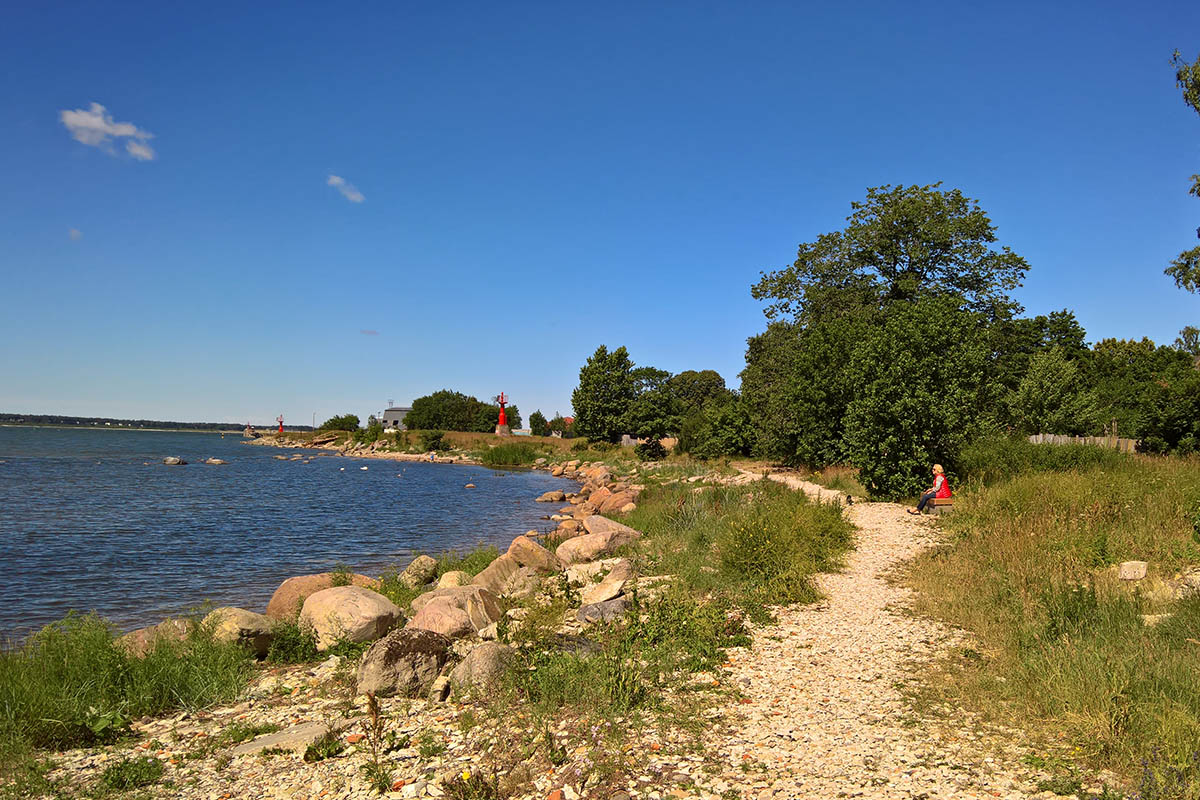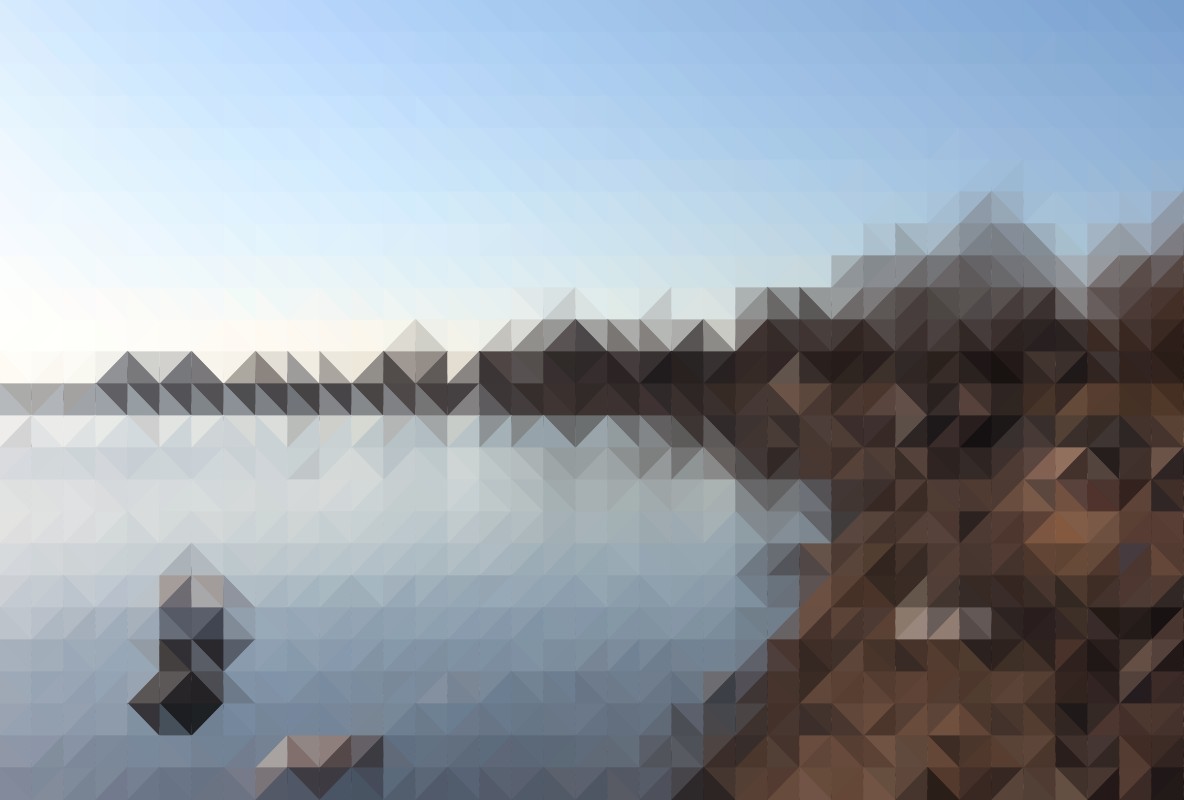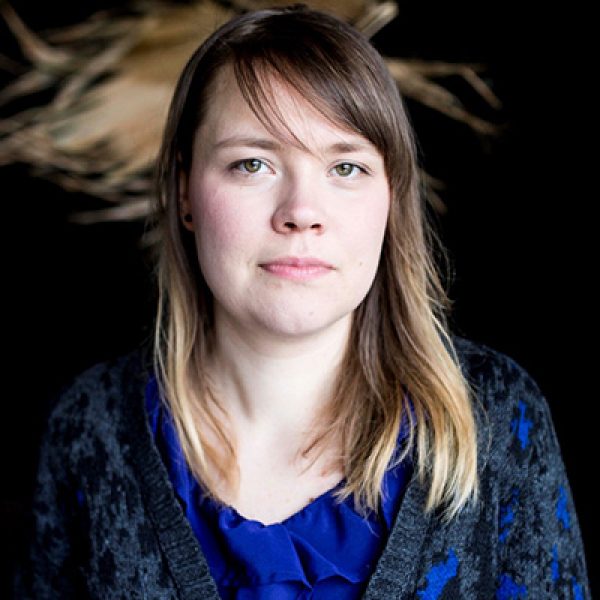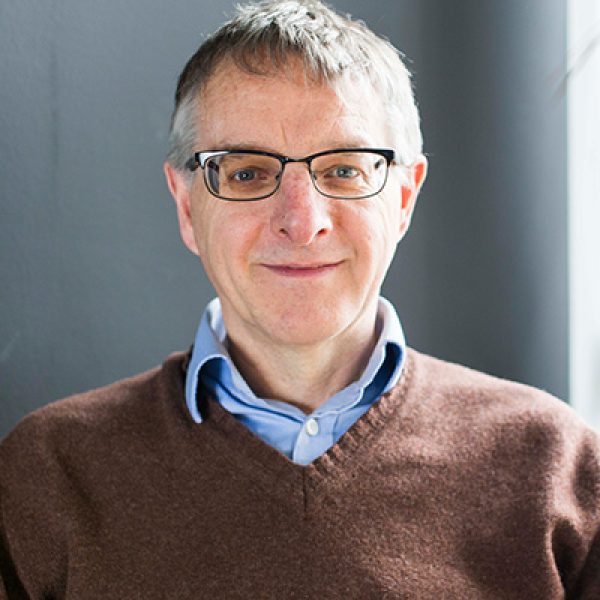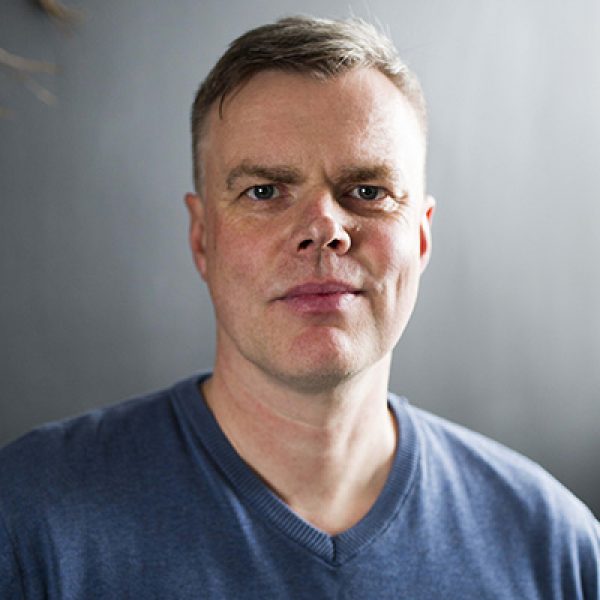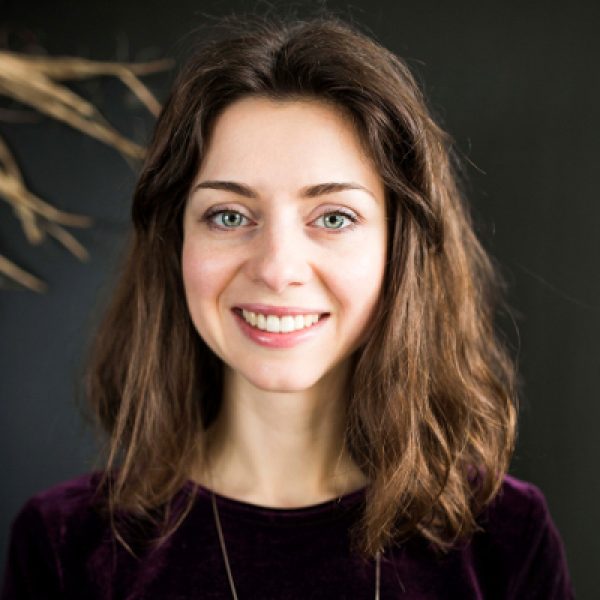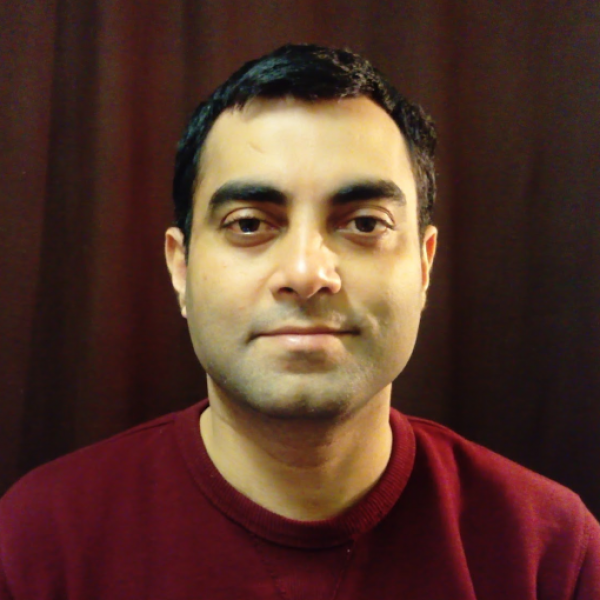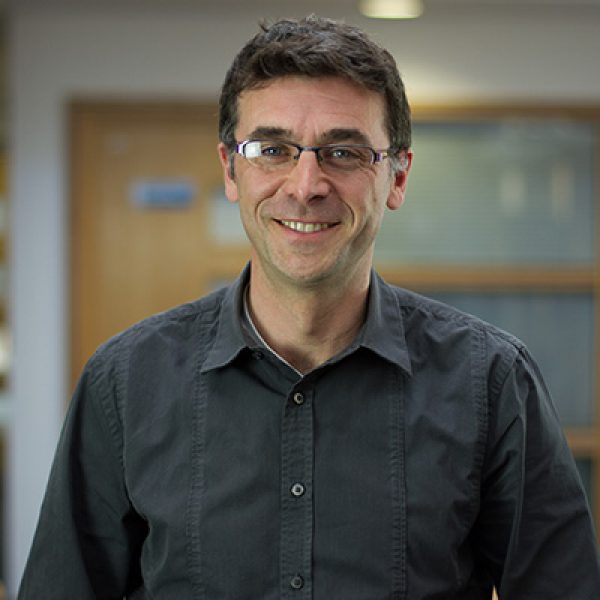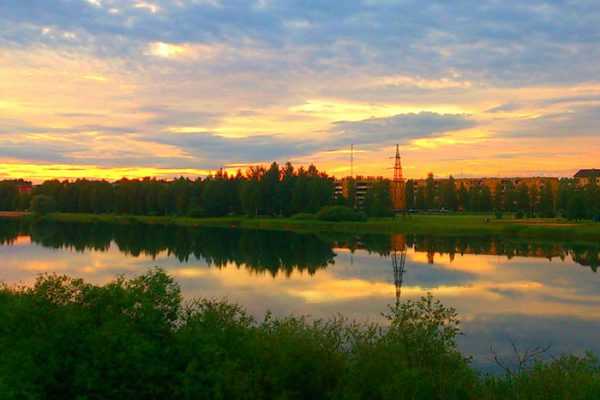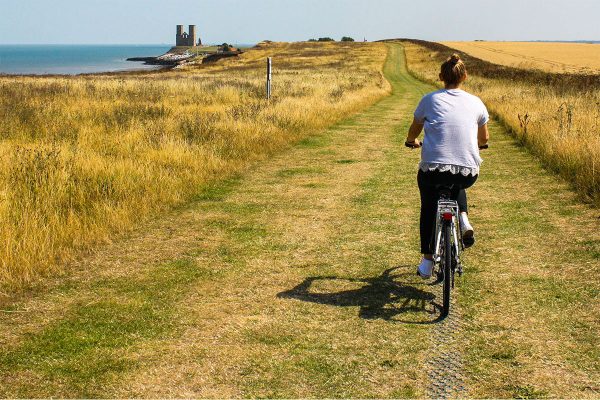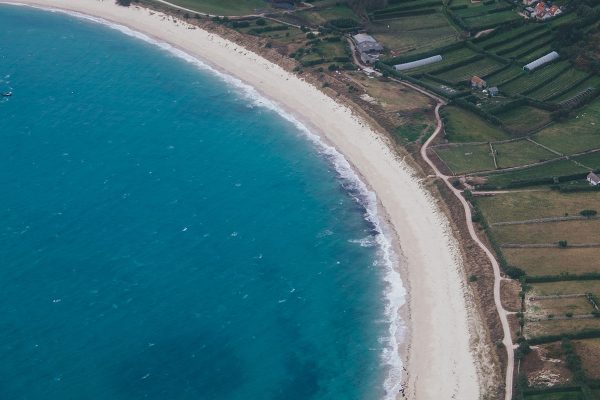Introduction
This case study has examined the health and wellbeing impacts of temporary improvements to a stretch of coastline in Estonia.
The area of Kopliranna in Tallinn is approximately 25000 m2 and is often used informally by local residents. Yet previously it lacked facilities and attraction.
The location has excellent sea views and is commonly used year-round for active and passive recreation either on, in or near the water. Sunbathing on the rocks, having picnics, dog walking, swimming, ice-skating and fishing all being popular activities. Yet the community reported safety issues with a lack of facilities and reports of littering, alcohol consumption and drug use.
BlueHealth specification
Our goal was to co-design a community space to meet local needs and promote health and wellbeing activities through connectedness to nature. The specification involved creating:
- Valued space that has meaning, creates memories and a sense of belonging.
- Social and safe space, that’s comfortable for socialising and interacting.
- Nature space with inclusive access to listen and interact with water and nature.
- Mindful space providing solitude and relaxation with friends, family or alone.
- Exercise space for activities like fishing, ice-skating, walking, running and cycling.
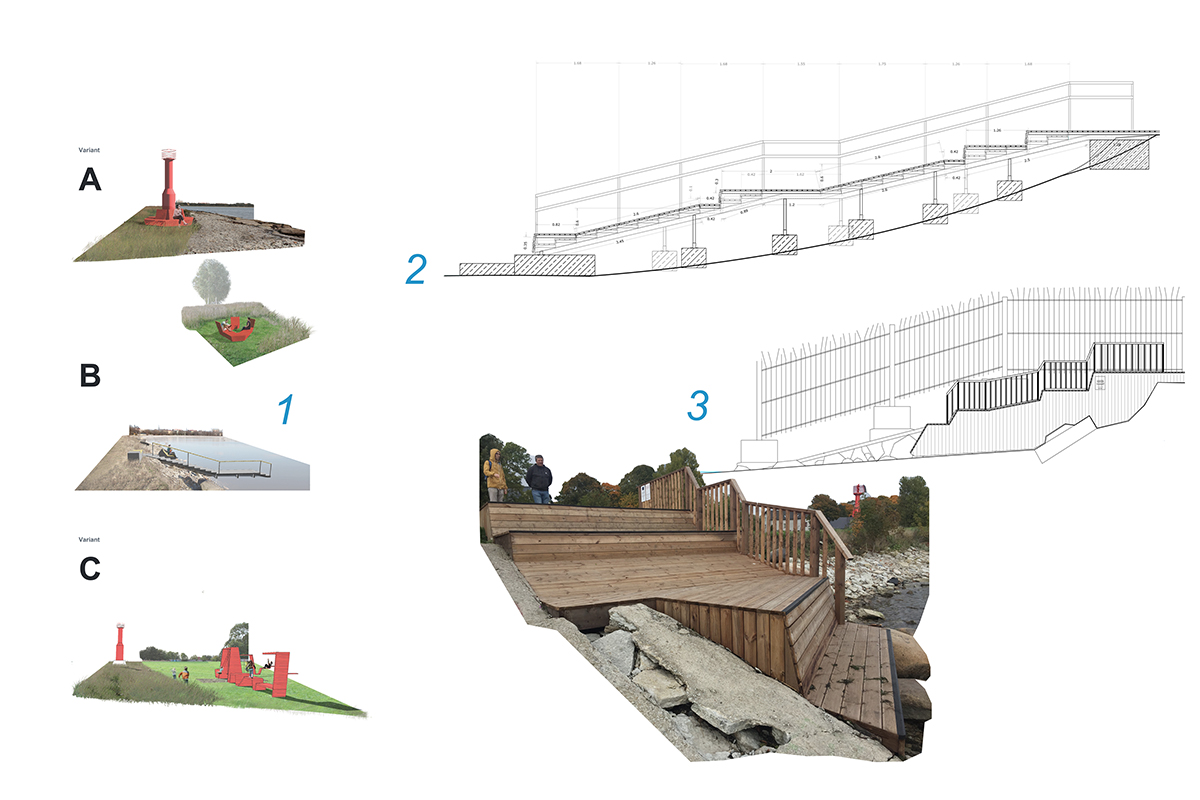
Research, design and build
To transform this urban blue space we:
- Constructed a sundeck with steps next to existing concrete slip (see photo below), where locals told us they previously entered the water.
- Built seating along the shoreline so people can be near or in the water, where locals previously accessed the water via unsafe rocks and debris.
- Provided different height benches along pathways to improve access for visitor groups including elderly visitors and families with children.
This blue space now encourages walkers, runners and promotes seasonal water-based activities like swimming and ice-skating. The new design has shifted the area’s derelict appearance, making it appear safer and more valued while promoting the psychological and social benefits of being close to the water.
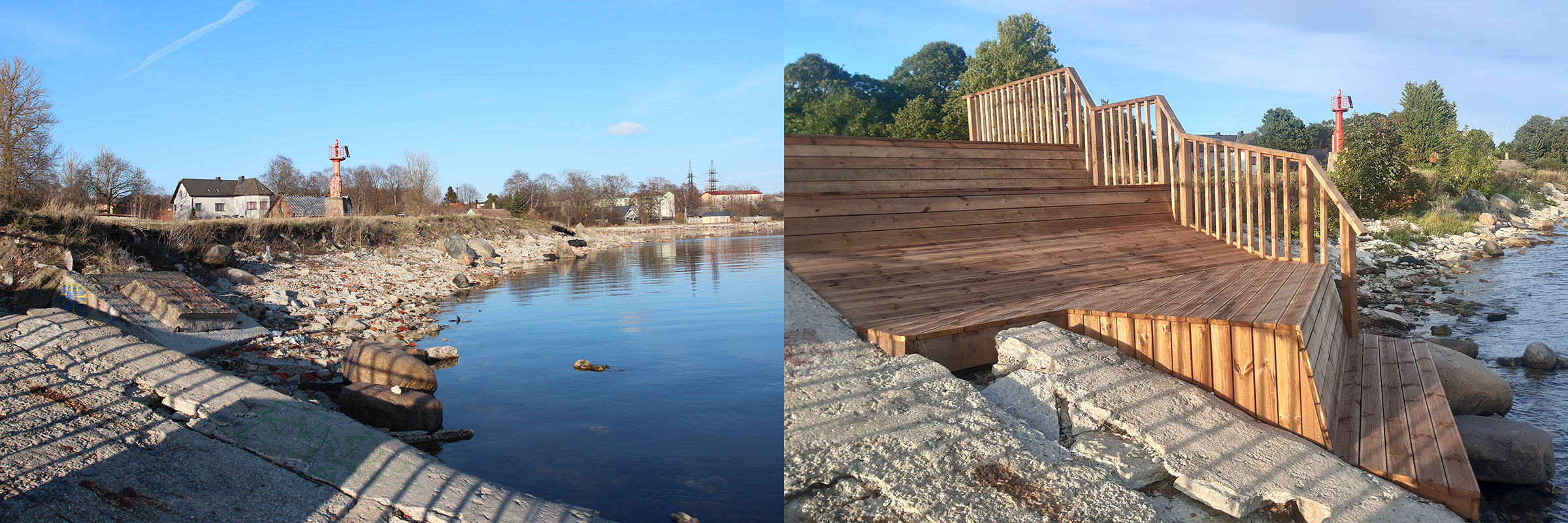
Method
Our team of researchers and landscape architects carried out this research project in three phases using a variety of BlueHealth assessment tools.
Pre-design:
- Held community and stakeholder meetings to understand local needs.
- Mapped behaviours using the BBAT Tool to learn what people do, where.
- Assessed access and quality of the environmental space using the BEAT Tool.
- Surveyed local health and wellbeing and local nature visits using the BCLS Tool.
Design and construction:
- Used pre-design stage research and BlueHealth insights to create the design.
- Worked with local builders and used local natural materials where possible.
Post-design:
Next steps
We are currently analysing all of the data from the post-intervention assessments, to establish how this example of urban acupuncture has linked to any changes in local health and wellbeing.
Later this year the results will be published on the website and in the new ‘Blue Profiles’ book. Watch this space.
